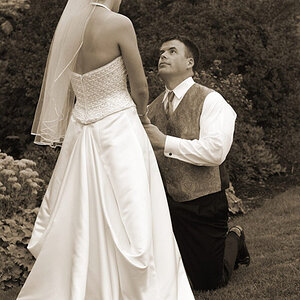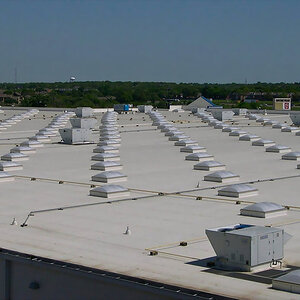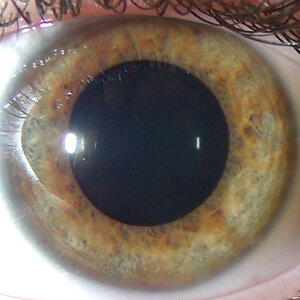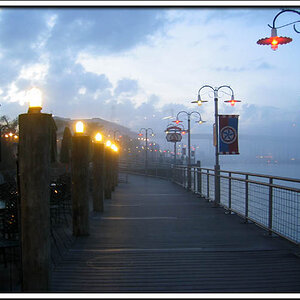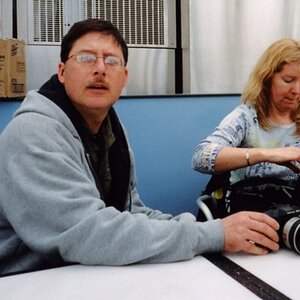gryffinwings
No longer a newbie, moving up!
- Joined
- Apr 28, 2012
- Messages
- 553
- Reaction score
- 48
- Location
- San Diego, CA
- Can others edit my Photos
- Photos NOT OK to edit
So, I'm in need of some prime lenses, and as usual there are a ton of older lenses on eBay, all the more popular lenses are commanding a premium, even the Nikkor 50mm f1.8 AI-S is starting at 60 USD or more, so can anyone recommend some lens that are more budget oriented that are decent and not horrible. Lens will definitely be used on a Nikon EM and potentially a Nikon FM that I'm looking at tomorrow to see if it's one I can get working.
Thanks for any help?
For starters, the only manual focus Nikon Lens I have is the Nikon Series E 50mm f1.8 on my Nikon EM.
Thanks for any help?
For starters, the only manual focus Nikon Lens I have is the Nikon Series E 50mm f1.8 on my Nikon EM.



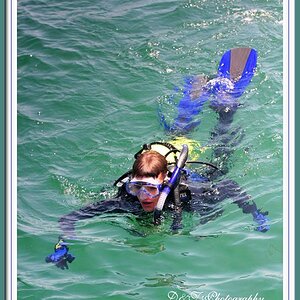
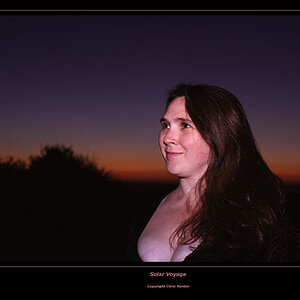



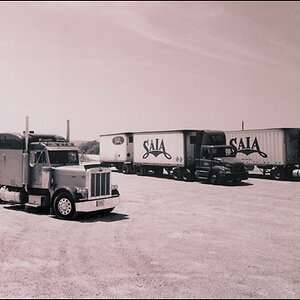
![[No title]](/data/xfmg/thumbnail/42/42275-2ca41f93a172e2e510afb46912a2bb61.jpg?1619740084)
